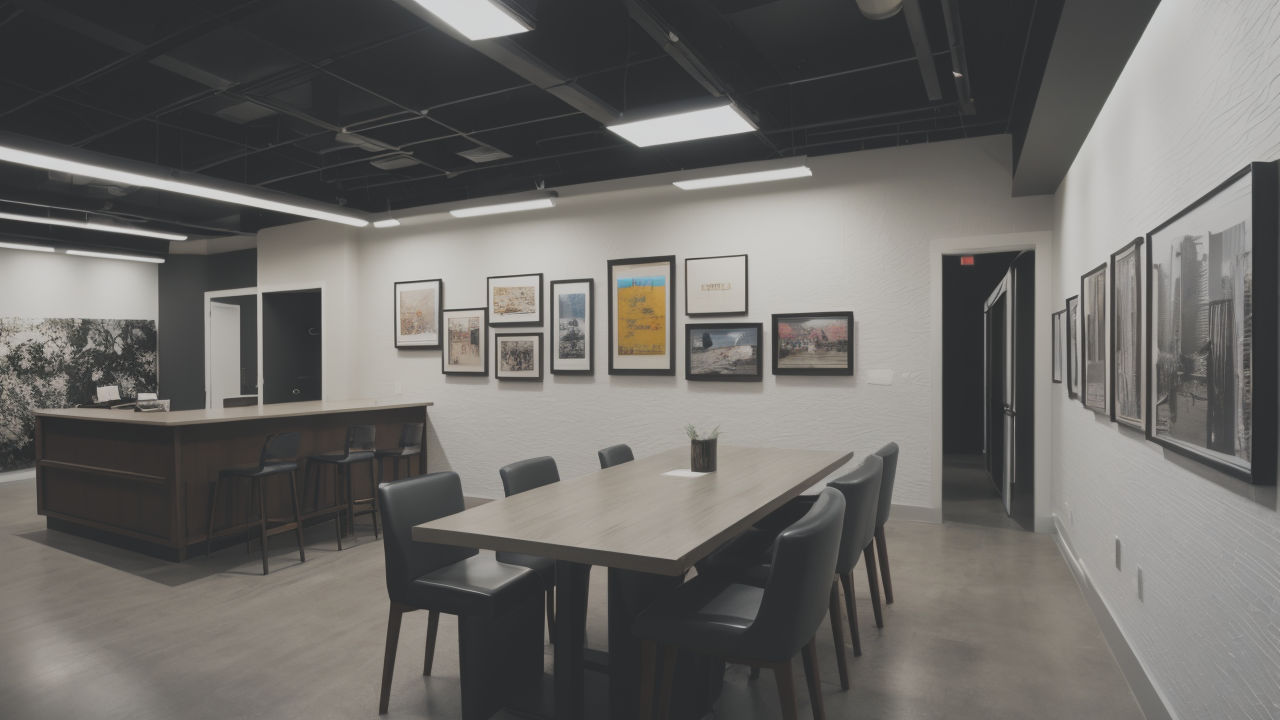
Elevating Your Drawings with Texture: A Comprehensive Approach
Introduction to Texture in Plaster Art
Understanding the Basics of Plaster Art Techniques
Plaster art is a versatile medium that allows artists to create unique textures and forms. It involves using plaster of Paris or similar materials to craft sculptures or wall art. The basic techniques include mixing, molding, and carving plaster. Artists can add texture by using tools or embedding objects into the wet plaster. This creates depth and visual interest in the final piece. Plaster art offers endless possibilities for creativity and expression. It can be painted, left raw, or combined with other materials for stunning effects. Mastering these basics is crucial for any artist looking to explore texture in their work.

The Role of Texture in Enhancing Artistic Expression
Texture plays a vital role in plaster art, adding depth and dimension to otherwise flat surfaces. It engages the viewer's sense of touch, even if only visually. Texture can convey emotions, represent natural elements, or create abstract patterns. Artists use it to guide the eye across a piece, creating focal points and visual flow. Smooth textures can feel calm and serene, while rough textures add energy and dynamism. Texture can also mimic other materials, expanding the artist's palette. By mastering texture, artists can create more immersive and impactful works. It's a powerful tool for self-expression and storytelling in plaster art.
Developing Your Texture Plaster Art Skills
Mastering the Application of Texture Plaster Materials
To master texture plaster application, start with the right materials. Choose high-quality plaster and appropriate tools for your desired effect. Prepare your surface carefully, ensuring it's clean and primed if needed. Mix the plaster to the right consistency - not too thick or thin. Apply it evenly, working quickly before it sets. Use various tools to create texture: trowels, combs, sponges, or even household items. Experiment with layering techniques for complex textures. Practice different application methods: spreading, stippling, or dragging. Learn to control drying time for optimal workability. Remember, patience and practice are key to mastering this skill.

Advanced Techniques for Creating Complex Textures
Advanced texture techniques take your plaster art to the next level. Try combining multiple textures in one piece for visual interest. Experiment with embedding objects like stones or fibers into the plaster. Create relief effects by building up layers and carving into them. Use molds or stamps to repeat patterns across your work. Try color mixing directly into the plaster for unique effects. Explore the interplay of light and shadow on textured surfaces. Practice creating gradients of texture, from smooth to rough. Experiment with negative space techniques by selectively applying texture. These advanced methods will help you create truly unique and complex plaster artworks.
Troubleshooting Common Issues in Plaster Art Texturing
Even experienced artists face challenges with plaster texturing. Common issues include uneven drying, cracking, and unwanted air bubbles. To avoid uneven drying, work in thin layers and ensure consistent application. Prevent cracking by not overworking the plaster and allowing proper drying time. Remove air bubbles by tapping or vibrating your work surface. If the texture is too rough, sand it gently once dry. For texture that's too smooth, consider adding another layer with more texture. Address color inconsistencies by mixing pigments thoroughly before application. If the plaster sets too quickly, try using cooler water or a retarder. Remember, each "mistake" can be an opportunity for creative problem-solving.
Integrating Texture Plaster Art into Your Creative Workflow
Innovative Ways to Use Textured Artwork in Home Decor
Textured plaster art can transform any living space. Create a statement wall with a large-scale textured piece. Use smaller textured panels as unique wall hangings or tabletop decor. Incorporate textured plaster into furniture design for added visual interest. Create custom light fixtures with textured plaster shades. Use textured plaster to frame mirrors or windows for a cohesive look. Design 3D wall panels for a modern, architectural feel. Create textured planter boxes for indoor plants. Use plaster art to create unique room dividers or screens. For a subtle touch, add textured plaster details to baseboards or crown molding. These ideas blend art and functionality in home decor.

Incorporating Plaster Art into Professional Settings
Plaster art can elevate professional spaces, adding sophistication and character. In offices, use textured panels to create inspiring feature walls. Incorporate company logos or motifs into plaster art for brand reinforcement. In restaurants, textured plaster can create unique table tops or bar fronts. For hotels, use plaster art to craft stunning lobby centerpieces or room accents. In retail spaces, design custom display stands or backdrops with textured plaster. Create textured signage for a memorable brand presence. Use plaster art to divide open-plan offices stylishly. In healthcare settings, calming textured walls can improve patient experience. These applications show how plaster art can enhance various professional environments.
Case Studies: Successful Use of Texture Plaster Art in the U.S.
- New York Gallery: A contemporary art gallery featured a series of large-scale textured plaster murals. The pieces transformed the space, drawing critical acclaim and increasing visitor engagement.
- California Restaurant: A high-end eatery used textured plaster panels to create an immersive dining experience. The artwork enhanced the restaurant's ambiance, boosting its popularity and reviews.
- Chicago Corporate Office: A tech company incorporated textured plaster art into their office redesign. The artwork improved employee satisfaction and became a talking point for clients.
- Miami Hotel: A boutique hotel used textured plaster art in its lobby and guest rooms. The unique decor set it apart from competitors, leading to increased bookings.
- Seattle Public Library: Textured plaster panels were used to create an interactive children's area. The project won design awards and increased youth program participation.
These case studies highlight the versatility and impact of texture plaster art across various U.S. settings.


